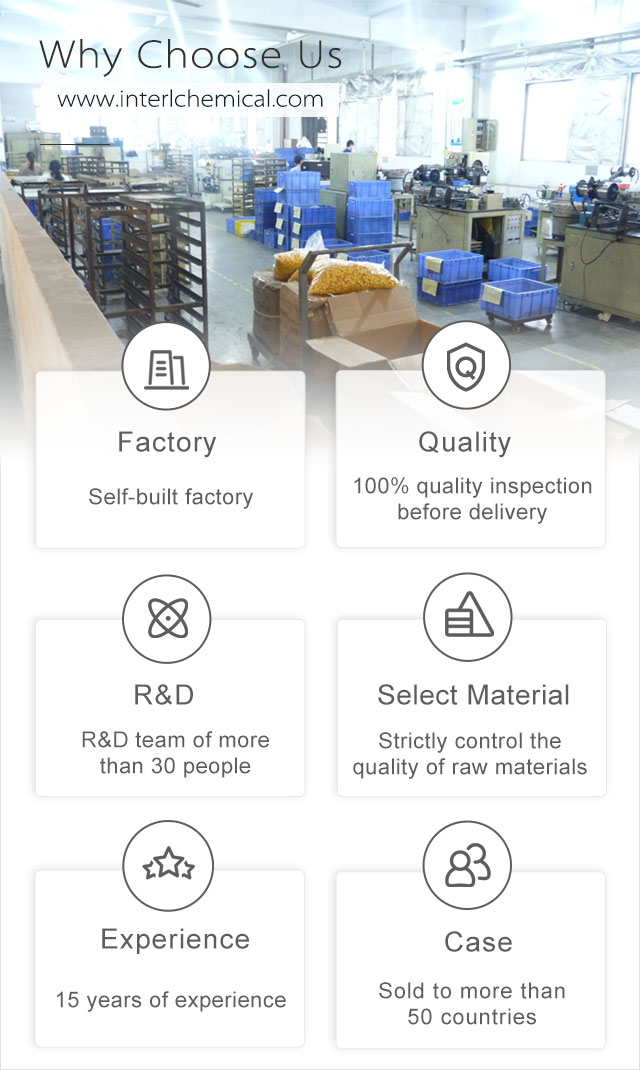

Related Attributes
Product details
Organic synthesis: THF is a commonly used organic synthesis solvent and is widely used in many organic synthesis reactions, such as Grignard reaction, metal catalysis reaction, esterification reaction, etc. It can dissolve many organic compounds, making them easier to occur in the reaction.
Polymerization reaction: THF can be used as a reaction solvent for some polymerization reactions, especially in the process of synthesizing polymer materials such as polyurethane and polyacrylate.
Dissolution of metal ion complexes: Since THF has good solubility for many metal ion complexes, it is widely used in the synthesis of metal organic compounds or in organic metal chemical reactions.
Solvent extraction: THF can be used in chemical separation and extraction processes, such as for extracting natural products, separating compounds in mixtures, etc.
Polymer dissolution: THF is a solvent with strong solubility and can be used to dissolve and process some high molecular polymers, such as polyacrylate and polycaprolactone.
Uses of Tetrahydrofuran powder.
Tetrahydrofuran, also known as oxopentacyclic, oxacyclopentane, and tetramethylene oxide, is an intermediate for the synthesis of the pesticide phenylbutatin. In addition, it can be directly used to make synthetic fibers, synthetic resins, and synthetic rubbers. It is also a solvent for many polymer materials, precision magnetic tapes, and electroplating industries. It is also used to make adiponitrile, adipic acid, hexamethylenediamine, succinic acid, butanediol, γ-butyrolactone, etc. In the pharmaceutical industry, it can be used to produce carbetaquinone, progesterone, rifamycin, and as a pharmaceutical solvent. Paper chromatography of amino acids and peptides. Solvent. Organic synthesis. High performance liquid chromatography, ultraviolet luminescence photometry.

Function of Tetrahydrofuran.

Product method of Bulk Tetrahydrofuran.
Industrial production first used aldehyde as raw material, and passed the mixture of aldehyde and steam into a reactor filled with zinc-chromium-manganese metal oxide (or palladium) catalyst to remove the carbonyl group at 400-420℃ to form furan; then, using skeleton nickel as catalyst, furan was hydrogenated at 80-120℃ to produce tetrahydrofuran. This method consumes about 3 tons of aldehyde to produce 1 ton of tetrahydrofuran.
There are many production methods developed later. The industrialized method includes the 1,4-butanediol catalytic dehydration cyclization method, because butanediol is made from acetylene and formaldehyde, this method is called the Reppe method; the use of 1,4-dichlorobutene, a byproduct of chloroprene rubber monomer chloroprene, to produce tetrahydrofuran is called the dichlorobutene method; in recent years, the catalytic hydrogenation method using maleic anhydride as raw material has been developed.
Why choose us?

HRK Factory

About Shipping

Pharmaceutical Intermediate manufacturers
©2023 Xi'an Henrikang Biotech Co., Ltd.,